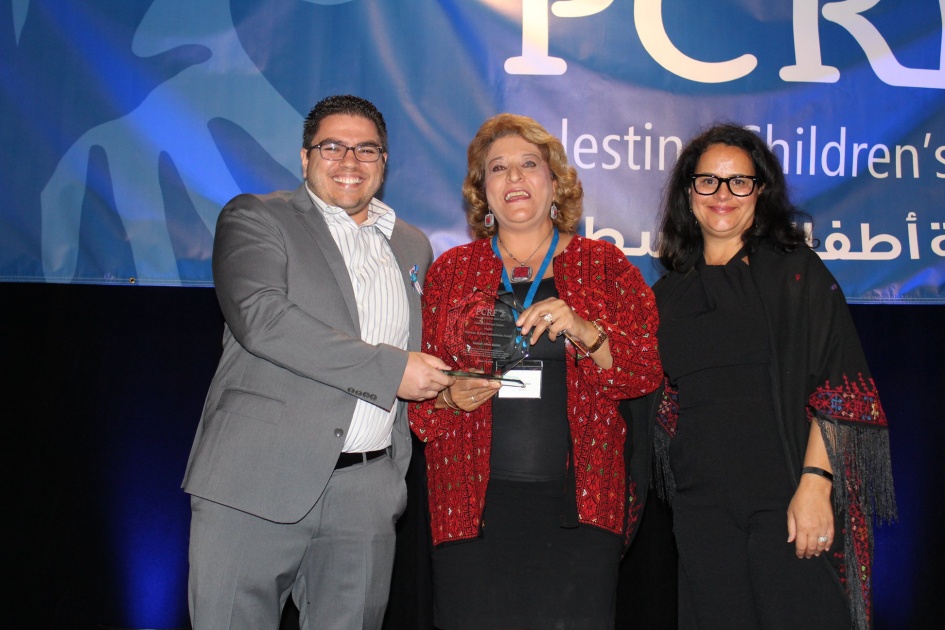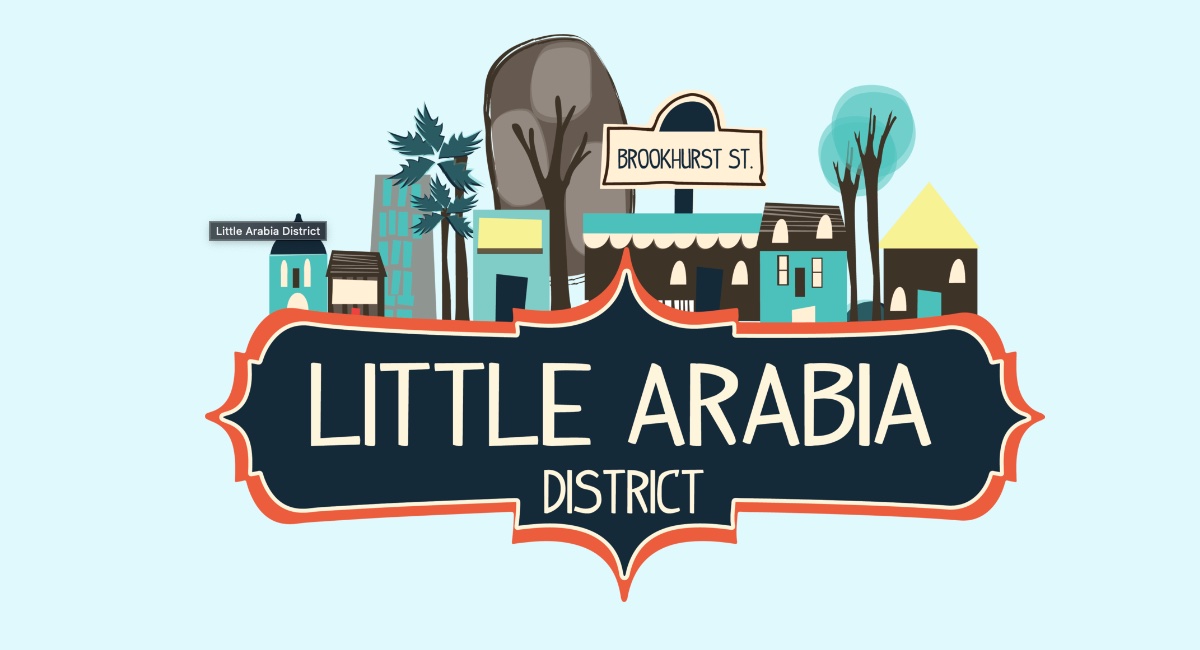Editor’s Note: On August 18, city council members in Anaheim, Ca. approved the designation of Little Arabia District. The one mile stretch from Ball to Broadway on Brookhurst Street is the culmination of more than two decades of lobbying to gain recognition for the growing Arab American community in Orange County and California. EMS spoke with Fatmeh Bakhit, publisher and editor of the Los Angeles-based Arabic language newspaper Al Enteshar about what the designation means for the Arab American community. Bakhit has long advocated for fair political representation for Arab Americans, including during the redrawing of California’s voting districts in 2021 and has been a major supporter of the Little Arabia District initiative.
How significant is the designation of Little Arabia District in Anaheim?
It’s significant because it has flowered many wonderful developments. Our community is united, our advocacy groups work together, Latino and Asian communities in the area support us, and we have a new generation of leadership who pushed the effort over the finish line. It clearly takes a village and at the same time, the journey has become a community builder.
Socially and politically, this marks the first time that the Arab American community in California, home to the largest Arab American population in America, is recognized. It will encourage our members to be more civically engaged in community development, to run for public office, to advocate for social justice, and to contribute to the local economy with more business activities in our Little Arabia District.

What does recognition mean for Arab Americans?
Historically, in the early 1900s, the only way that Arab immigrants from the Middle East and North Africa could become U.S. citizens was to be identified as White, like the Europeans. But over time, we realized that we have an identity issue. We’re White on paper but we’re not treated as such. We suffered a great deal of discrimination, but we couldn’t access resources or legal protections for minorities because officially, we’re White.
But more than that, we want to be seen and recognized as a group with a rich and proud culture. That’s why we fought so hard to change our White status in the 2010 and 2020 U.S. Census to be recognized as Arab Americans with subcategories such as Jordanian, Egyptian, and Lebanese – just like the Asian Pacific Islander community with subcategories such as Chinese, Vietnamese, Korean, and Filipino. Unfortunately, the political winds went against us. So even though Egypt and Morocco are part of Africa, ironically, immigrants from these countries are still required to be listed White in the Census.
How do you see the role of Arab American media in this challenging time?
We feel a strong bond with all ethnic groups and see ourselves reflected among our ethnic media peers. Like the Black media, one of our missions is to constantly advocate for social and racial justice as there have been so many wrongful arrests and mistreatment by law enforcement agencies against Arab Americans, especially after 9/11. Like the Latino media, one of our roles is to protest discriminatory practices and abuses against immigrants with limited English and to inform our audience about their civic rights in America. And like the Asian media, we sympathize with their current challenge of helping Asian communities dealing with the rise in anti-Asian hate incidents. Our community is still dealing with many hate incidents and crimes simply for the way we dress or for being Muslim.
But I’m an optimist. The road ahead is challenging but we will get better. And this official recognition of Little Arabia District is just the beginning of greater developments for our community. For example, in a few months, there will be a new AccessCal facility, an Arab American community center that will provide social services and socialization for seniors, playgrounds and programs for children, and a venue to host cultural and festival events.
What inspired you to become a journalist?
Two events: the post 1991 Gulf War and Prop 187 in California. As an Arab American and third generation Palestinian born in Amman, Jordan, I was very sympathetic with the plight of the Iraqi people under the former ruler, Saddam Hussein. I wanted to tell their stories because the world media had moved on after the fighting ended. In 1994, five years after I immigrated to Los Angeles, Prop 187 passed. It was blatant discrimination against undocumented immigrants and much of the outcry largely came from Latino and Asian communities. But Arab Americans were affected by Prop 187 also, and without any strong media of our own, we were invisible. Ever since I’ve had this dream of creating a newspaper to give our community a voice. It became a reality in 1997 when I founded a business magazine, and then a year later transformed it into the current weekly newspaper called Al Enteshar.




